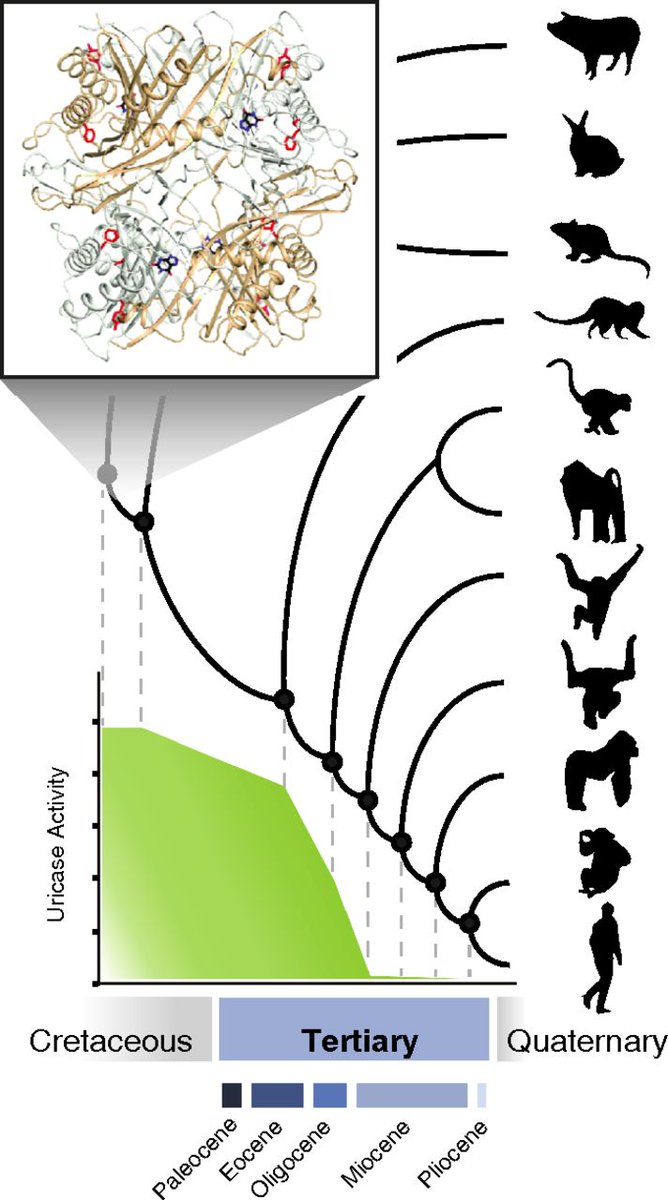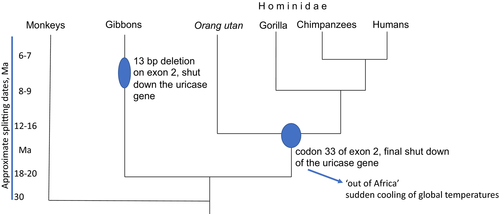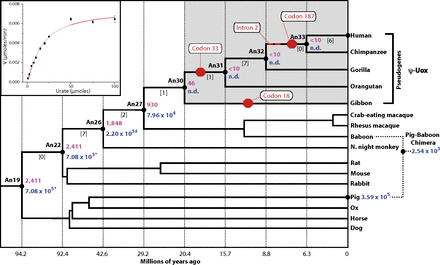A nephrologist will talk about osmolality and aquaporins.
An intensivist might talk about its use as a pressor.
But, ask an evolutionary or social scientist and you might be surprised by the answer…
#MedTwitter #NephTwitter #NSMC
We have a similar peptide, ⒸⓎⒾⓆⓃⒸⓅⓁⒼ, floating around in our bodies.
Is this AVP, too?
Oxytocin & vasopressin are evolutionary cousins located side-by-side on human chromosome 20. Invertebrates have one hybrid copy. Tandem duplication in the common jawed vertebrate ancestor gave rise to our two gene copies.
Image from science.sciencemag.org/content/322/59….
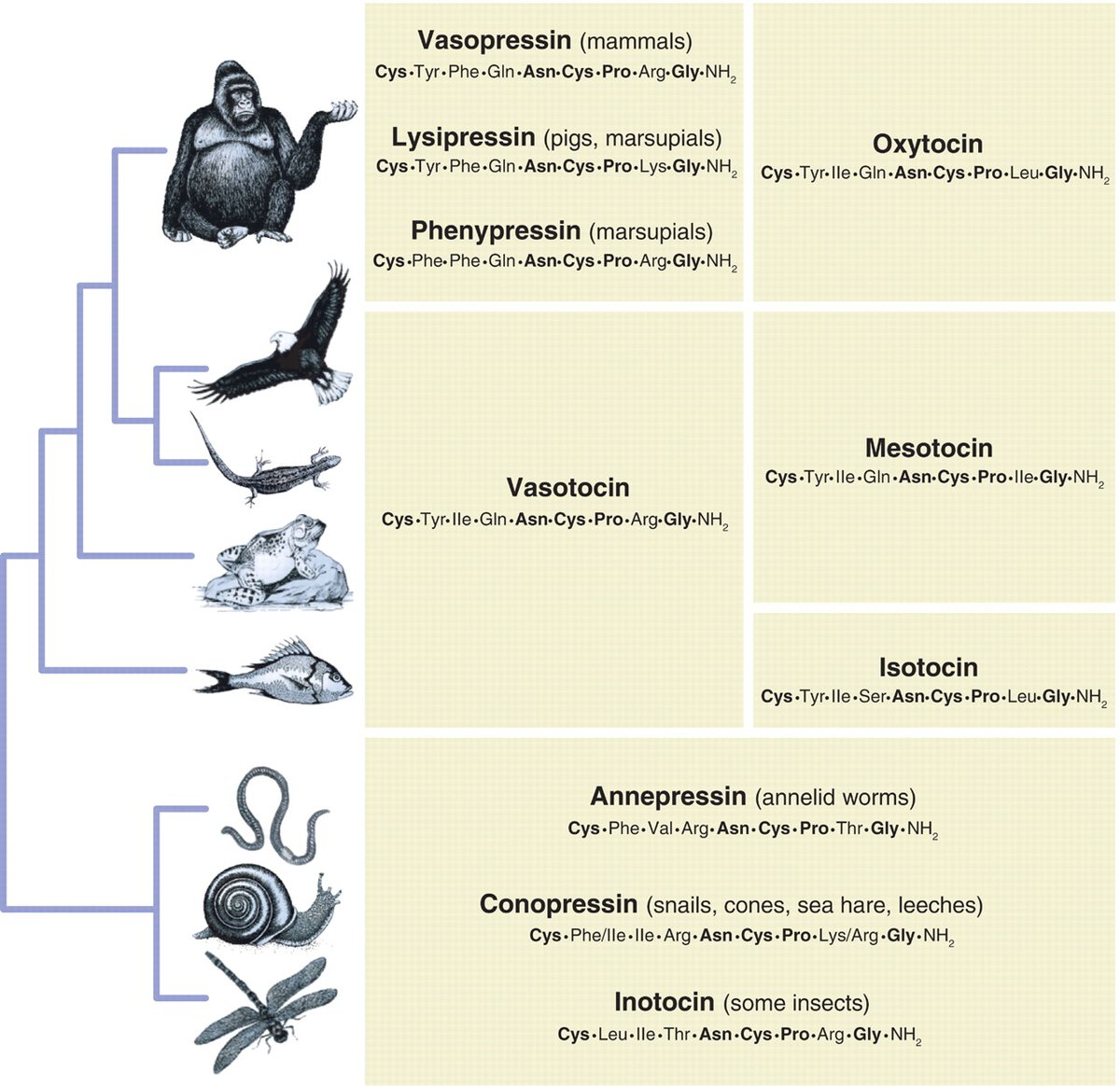
Transition of early life from sea to freshwater to land came with significant changes in osmotic stress.
Image from npr.org/2010/07/05/127….

The amphibian urothelium (analogous to mammalian kidney collecting ducts) became sensitive to ADH. This allows them to live in wet or dry habitats.
Fig. from link.springer.com/article/10.100…
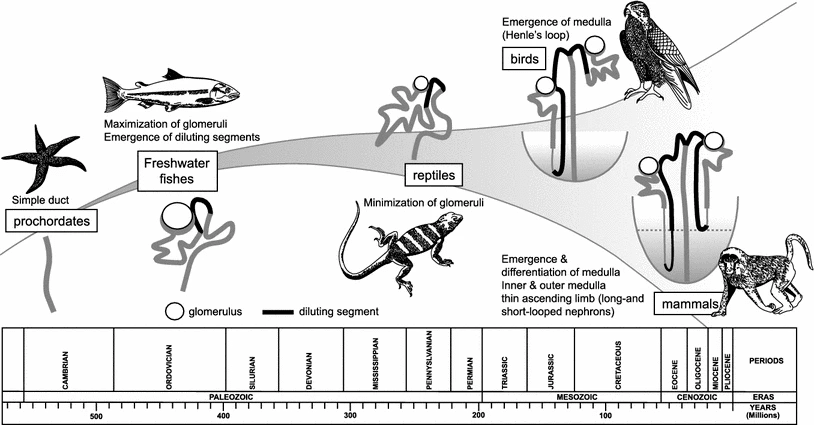
Or, in the words of Homer W. Smith…
(Read a reprint of his classic text here: anatomypubs.onlinelibrary.wiley.com/doi/epdf/10.10…)
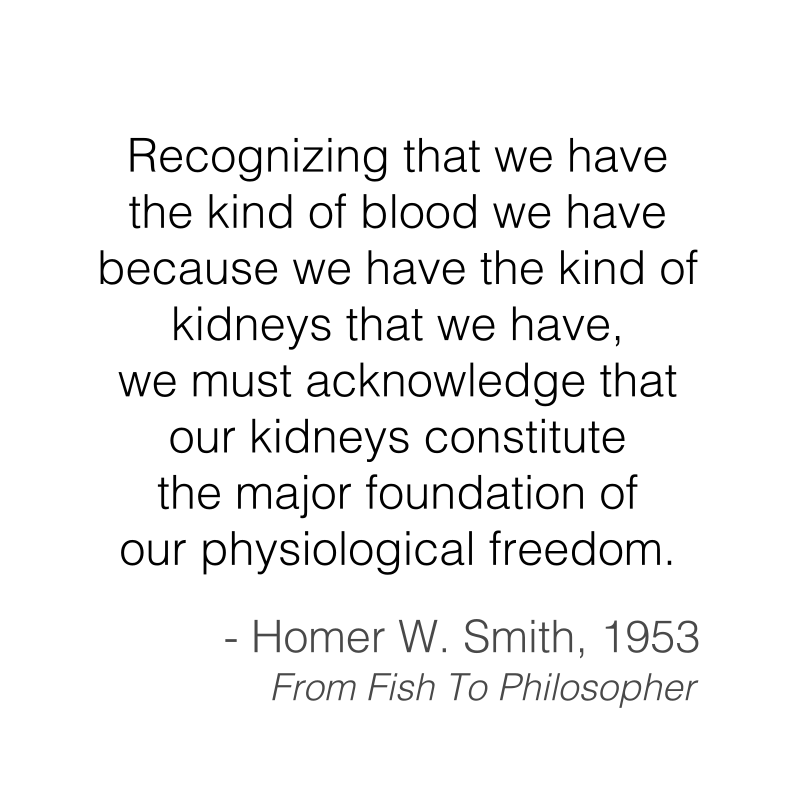
Vasopressin:
free water absorption in the kidney via V2R
vasoconstriction via V1aR & V1bR
Oxytocin:
myometrial contraction
milk letdown
Did you know they both also have roles in socialization?
In humans, genetic variants in these receptors (particularly in the V1a receptor, AVPR1A) appear to contribute to sociobehavioral diversity.
More on this here: science.sciencemag.org/content/322/59…

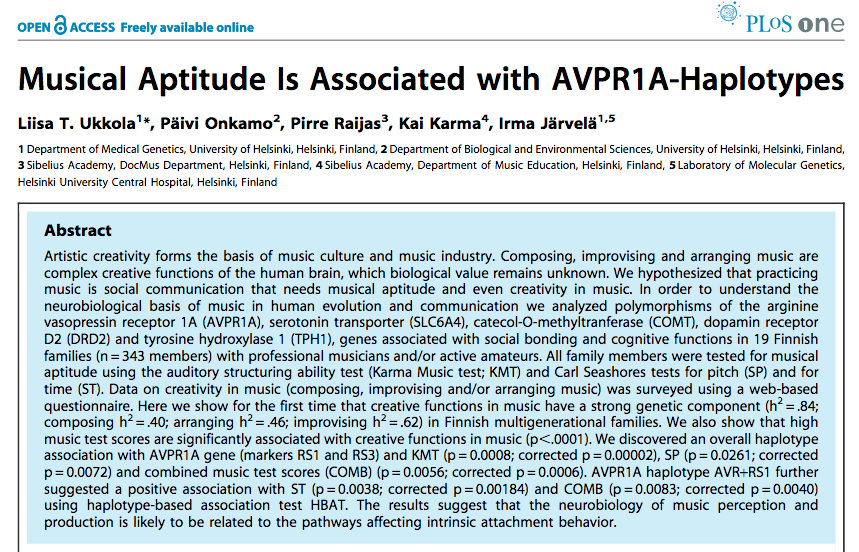
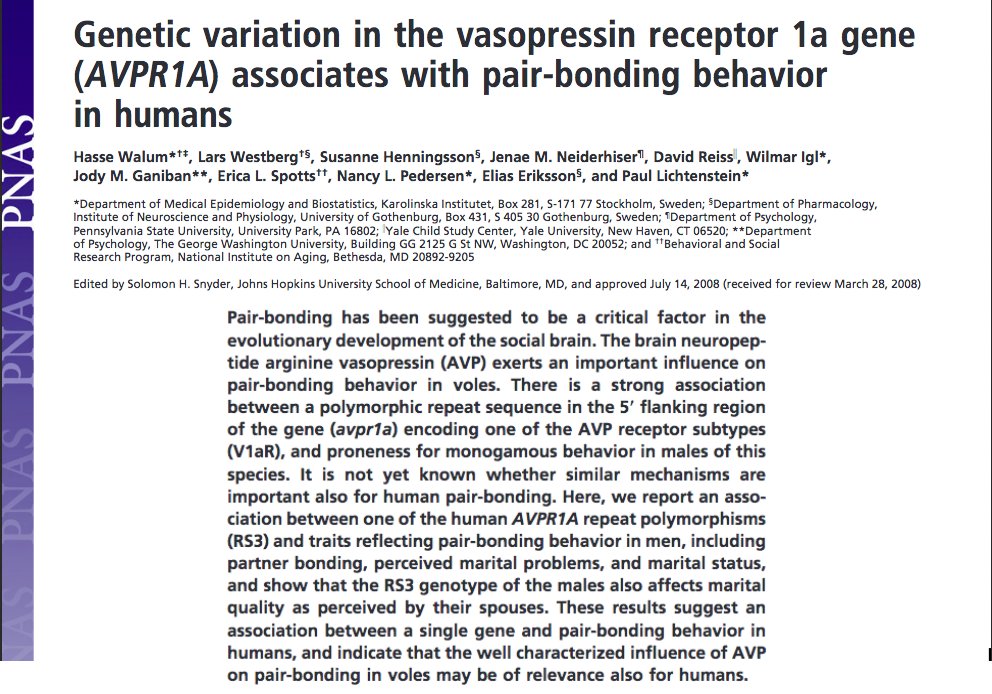
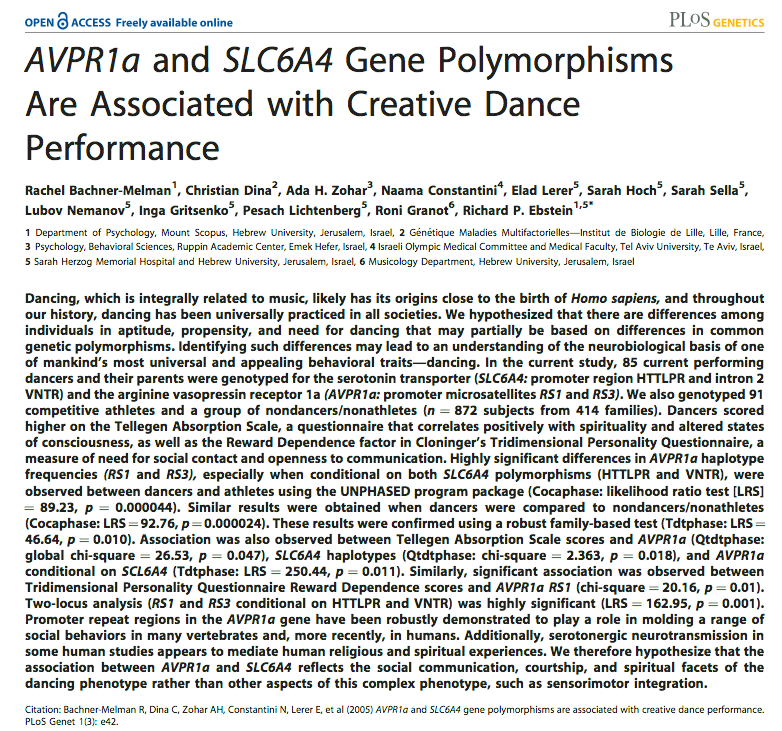
An evolutionary scientist will say its adaptations helped our transition from water to land.
A social scientist might say it helps us socialize.
I’d say: vasopressin has allowed us to become human.


